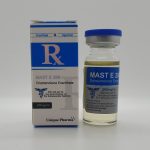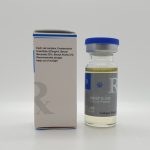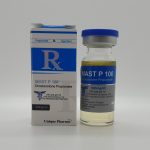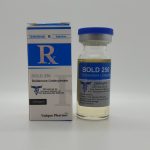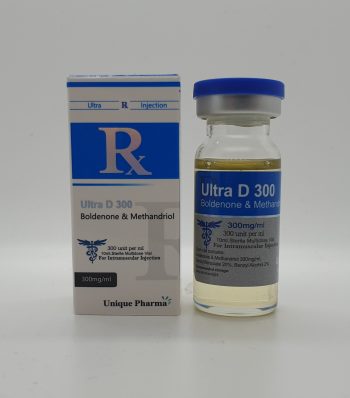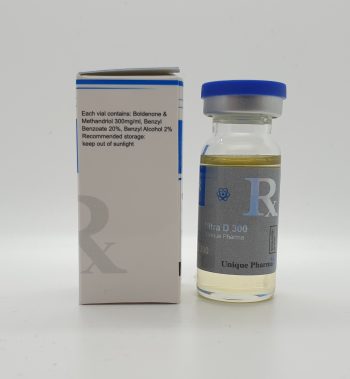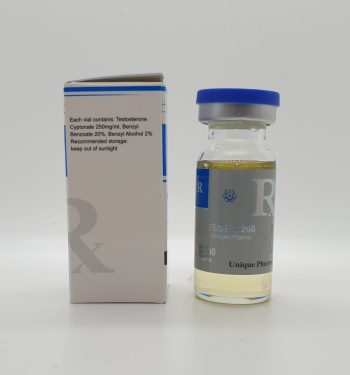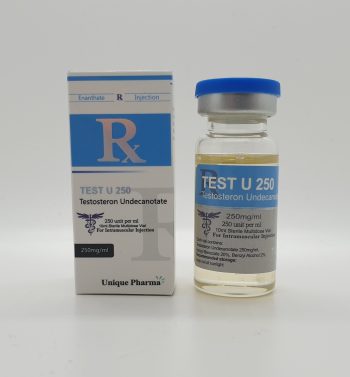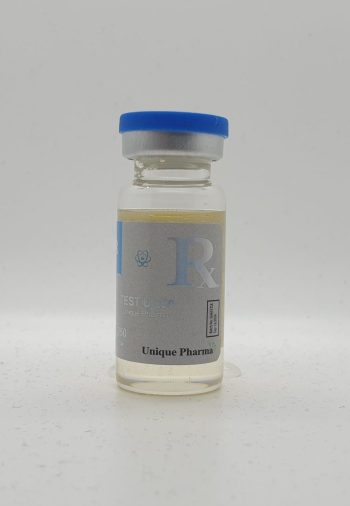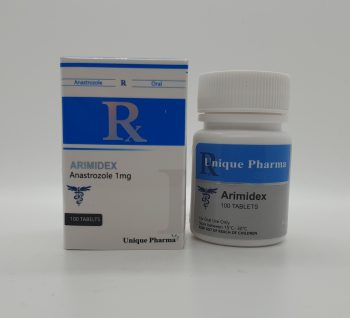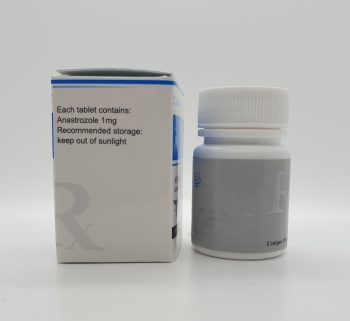Masteron Enanthate 200 (Drostanolone Enanthate) by UNIQUE PHARMA®
- Levering & Retourneren
Verzenden
Wij verzenden onze producten discreet en veilig via reguliere post binnen Europa.
Na ontvangst van de betaling versturen wij de bestelling uiterlijk de volgende werkdag.
Levering binnen Nederland: 1 tot 3 werkdagen
Levering buiten Nederland: 3 tot 7 werkdagen
- Een vraag stellen
€ 44,95
Masteron Enanthate 200 (Drostanolone Enanthate) is necessary to administer the drug intramuscularly because it is an oil-based substance. It has a half-life of about 6 days after administration. This means that it should be administered at least once every six days. Athletes taking masteron enanthate are often competitive athletes trying to lose body fat through weight loss. It allows them to consume fewer calories while still maintaining their muscle mass.
What to keep in mind when saving:
It is necessary to store Masteron Enanthate at room temperature. Refrigeration or freezing is not recommended and should be stored away from direct sunlight.
Doctors used to prescribe drostanolone propionate, also known as dromostanolone propionate, to treat breast cancer in women. It was previously marketed under the brand names Drolban, Masteril, and Masteron, among other names. It is no longer for sale. It is given by injection into the muscle.
Some of the side effects of drostanolone propionate include symptoms of masculinization such as acne, increased hair growth, changes in voice quality, and an increased drive to have sexual relations.
There is no risk of liver damage associated with it. It is a synthetic androgen and anabolic steroid, and as such acts as an agonist of the androgen receptor (AR), the biological target of androgens such as testosterone and dihydrotestosterone (DHT, among others). It has moderate anabolic and modest androgenic properties, resulting in a benign side effect profile and making it particularly suitable for use by female athletes and bodybuilders. The drug has no estrogenic effects. Drostanolone propionate is an androgen ester that acts as a prodrug of drostanolone in the body over a long period of time.
When Masteron Enanthate 200 (Drostanolone Enanthate) was first discovered in 1959, it was not considered a medical breakthrough until 1961.
Besides the medical uses, drostanolone propionate is used to improve one’s body and athletic ability. Because the drug is classified as a prohibited narcotic in many countries, its non-medical use is almost always illegal.
The primary clinical indication of drostanolone propionate in both the United States and international markets was the treatment of advanced inoperable breast cancer in female patients.
In the case of certain types of malignancies, especially those associated with hormone-active tissues such as breast or prostate cancer, hormonal treatment is part of a multidisciplinary approach. Some forms of breast cancer cells that express estrogen receptors (referred to as ER+ cancers) use estrogen to promote their growth and spread throughout the body. As a result, antiestrogens, drugs that block estrogen receptors or reduce their expression on the cell membrane, may be effective in limiting the spread and development of tumors. Drostanolone propionate is approved by the Food and Medication Administration (FDA) for use as an anti-estrogenic medication in the treatment of breast cancer. By the time drostanolone propionate was introduced, few options were available for people suffering from breast cancer, and the drug was hailed as revolutionizing the treatment of these patients. It has a lower androgenic rate than testosterone, meaning the risk of virilization is significantly lower. Because of this property, women who typically do not respond well to an AAS had a significantly increased chance of surviving cancer. Drostanolone propionate can also be used to treat breast tumors that have failed to respond to conventional treatments, and for palliative care of patients with advanced, incurable cancers. The effects of the substance, of course, depend on the dose and length of time it is administered.
Masteril, Masteron, Masterone, Mastisol, Metormon, Permastril, and Prometholone were some of the brand names used to sell drostanolone propionate, which was also known as Drostanolone Propionate (also known as Drolban).
Masteron Enanthate 200 (Drostanolone Enanthate) is a drostanolone prodrug, meaning it is a precursor to drostanolone.
Drostanolone, like other anabolic steroids, is an agonist of the androgen receptor (AR).
Due to the fact that it is not a substrate for 5-reductase and is a poor substrate for 3-hydroxysteroid dehydrogenase (3-HSD), it has a high ratio of anabolic to androgenic activity compared to other anabolic steroids.
In addition, being a DHT derivative, drostanolone does not function as an estrogenic metabolite as it is not a substrate for the enzyme aromatase. Although no data are currently available on the progestin activity of drostanolone, it is believed to have low or non-existent progestin activity, similar to that of other DHT derivatives. Because the drug is not 17-alkylated, it has not been shown to cause hepatotoxicity in studies.
In interaction with the AR, Masteron Enanthate 200 (Drostanolone Enanthate), in its active form drostanolone, causes a cascade of genetic changes, including enhanced protein synthesis (anabolism) and decreased amino acid breakdown (catabolism). Prolactin or estrogen receptors in the breasts are reduced or inhibited as a result of treatment, which is thought to contribute to the antitumor effects.



